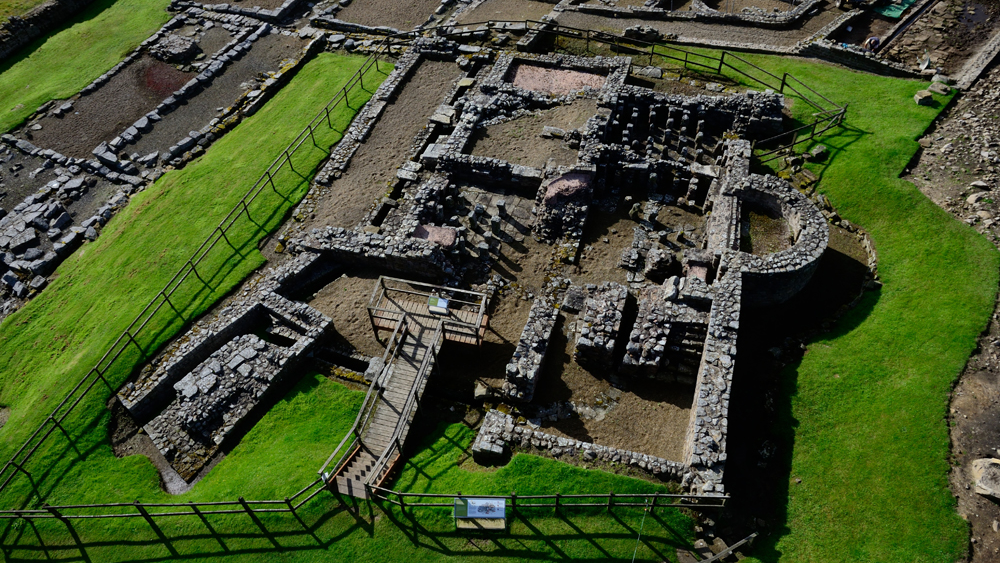Scientists find 'secret molecule' that allows bacteria to exhale electricity
The soil bacteria breathe through 'giant snorkels' made of a special conductive protein, the researchers found.

For mouthless, lungless bacteria, breathing is a bit more complicated than it is for humans. We inhale oxygen and exhale carbon dioxide; Geobacter — a ubiquitous, groundwater-dwelling genus of bacteria — swallow up organic waste and "exhale" electrons, generating a tiny electric current in the process.
Those waste electrons always need somewhere to go (usually into a plentiful underground mineral like iron oxide), and Geobacter have an unconventional tool to make sure they get there.
"Geobacter breathe through what is essentially a giant snorkel, hundreds of times their size," Nikhil Malvankar, an assistant professor at Yale University's Microbial Science Institute in Connecticut, told Live Science.
That "snorkel" is called a nanowire. Though these tiny, conductive filaments are 100,000 times smaller than the width of a human hair, they are capable of shuttling electrons hundreds to thousands of times the length of an individual Geobacter microbe's body. Thanks to this adaptation, Geobacter are some of the most impressive respirators on Earth. ("You can't exhale 1,000 feet [300 meters] in front of you, can you?" Malvankar said).
Related: The bacteria in your gut produce electricity
At any given time, billions of the bacteria are buzzing with electricity beneath the seafloor. Now, in a new study published Aug. 17 in the journal Nature Chemical Biology, Malvankar and his colleagues have figured out how to combine that energy into a potent, microbial power grid.
Using advanced microscopy techniques, the researchers have uncovered the "secret molecule" that allows Geobacter to breathe over tremendously long distances previously unseen in bacteria. The team also found that, by stimulating colonies of Geobacter with an electric field, the microbes conducted electricity 1,000 times more efficiently than they do in their natural environment.
Get the world’s most fascinating discoveries delivered straight to your inbox.
Understanding these innate, electrical adaptations could be a crucial step in transforming Geobacter colonies into living, breathing batteries, the researchers said.
"We believe this [discovery] could be used to make electronics out of the bacteria beneath your feet," Malvankar said.
A most shocking microbe
At home deep underground in soggy, oxygen-starved soil, Geobacter can survive in harsh environments that few other microbes can, the study authors said. Nanowires, which allow them to breathe in the absence of oxygen, are crucial for keeping Geobacter microbes alive in the ground, where electron acceptors like iron oxide are rarely more than a few millionths of a meter away. However, Geobacter colonies grown in the lab don't always have the luxury of living near abundant minerals.
In previous research, Malvankar and colleagues found that lab-grown Geobacter sulfurreducens microbes display another clever survival trick when exposed to a small electrode, or a disk that conducts electricity. Stimulated by the electric field, the microbes assemble into dense biofilms — interlinked piles of hundreds of individual microbes, moving electrons through a single shared network.
"They stack up like high-rise apartments, hundreds of stories tall," Malvankar said. "And they can all share the same electric grid, constantly dumping electrons."
The big question that vexed Malvankar and his colleagues is how microbes on the "100th floor of the high-rise," as he put it, are able to shoot electrons all the way down to the bottom of the pile, then out through a nanowire — effectively exhaling electrons over a distance thousands of times the original microbe's body length. Such distances are "previously unseen" in microbial respiration, Malvankar said, and emphasize just how unique Geobacter are when it comes to surviving harsh environments.
Related: Extreme life on Earth: 8 bizarre creatures
To discover the nanowire's secrets, the new study's authors analyzed cultures of lab-grown Geobacter using two cutting-edge microscopy techniques. The first, called high-resolution atomic force microscopy, gathered detailed information about the structure of nanowires by touching their surface with an extremely sensitive mechanical probe.
"It's sort of like reading Braille, but the bumps are a billionth of a meter," lead study author Sibel Ebru Yalcin, a research scientist at Yale's Microbial Sciences Institute, told Live Science.
Through the second technique, called infrared nanospectroscopy, the researchers identified specific molecules in the nanowires based on the way they scattered incoming infrared light. With these two methods, the researchers saw the "unique fingerprint" of each amino acid in the proteins that make up Geobacter's signature nanowires, Yalcin said.
The team found that, when stimulated by an electric field, Geobacter produce a previously unknown kind of nanowire made of a protein called OmcZ. Made of tiny, metallic building blocks called hemes, this protein created nanowires that conducted electricity 1,000 times more efficiently than the typical nanowires Geobacter create in the soil, allowing the microbes to send electrons across unprecedented distances.
"It was known that bacteria can make electricity, but nobody knew the molecular structure," Malvankar said. "Finally, we have found that molecule."
Living, breathing batteries
Researchers have been using Geobacter colonies to power small electronics for more than a decade. A big perk of these so-called microbial fuel cells is their longevity. Bacteria can repair and reproduce themselves nearly indefinitely, creating a small but constant electric charge; in one U.S. Navy experiment, conducted in 2008, researchers used a Geobacter fuel cell to power a small weather buoy in Washington, D.C.'s Potomac River for more than nine months without showing any signs of weakening. However, the charge provided by these fuel cells is extremely small (the Navy buoy ran on about 36 milliwatts, or thousandths of a watt, of power), severely limiting the types of electronics they can power.
With this new research, scientists now know how to manipulate microbial nanowires to make them stronger and more conductive. This information could make the production of bio-electronics both cheaper and easier, Malvankar said, hopefully ushering in a new generation of environmentally friendly, bacteria-powered batteries.
We're still a long way from charging up our iPhones with a handful of Geobacter, he added, but the power of the microscopic electric grid beneath our feet just got a little easier to grasp.
Originally published on Live Science.

Brandon is the space / physics editor at Live Science. With more than 20 years of editorial experience, his writing has appeared in The Washington Post, Reader's Digest, CBS.com, the Richard Dawkins Foundation website and other outlets. He holds a bachelor's degree in creative writing from the University of Arizona, with minors in journalism and media arts. His interests include black holes, asteroids and comets, and the search for extraterrestrial life.



